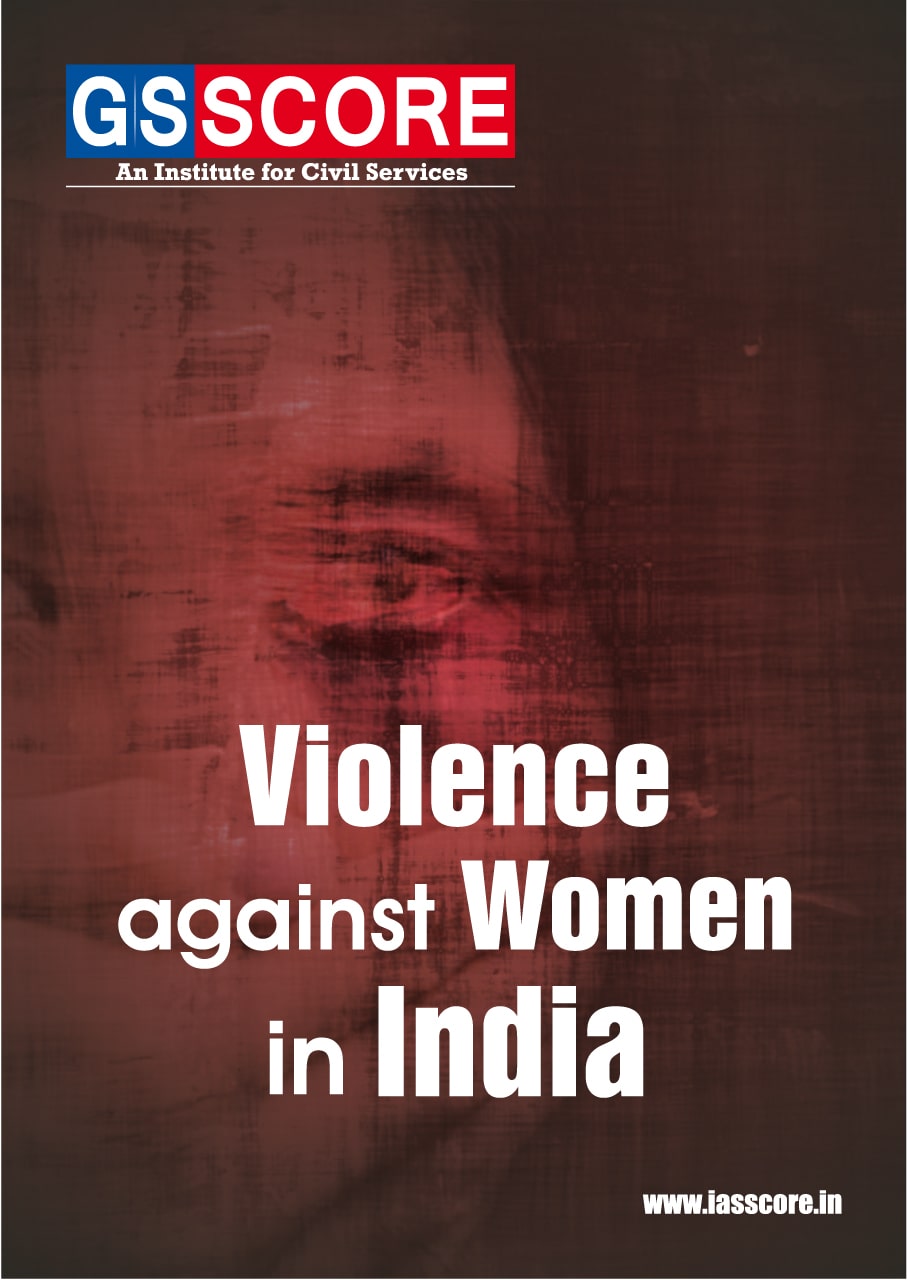


UPSC Exam is all about proper strategy, dedication and consistent endeavour in the right direction with authentic and reliable study material. Government and renowned international reports form a very important source for grasping the conceptual clarity of contemporary national and international issues/topics. However, it is a daunting task to comprehend a report that runs through hundreds of pages. It becomes difficult for the students in time crunch situations particularly during UPSC Mains Examinations.
In order to ease the burden over aspirants, GSSCORE has come up with a series of summary of important national and international reports in a crisp and comprehensive manner. Underlining the importance of reports and indexes for PT and Mains, GSSCORE provides a comprehensive summary of important reports of national and international repute. The summary of the report by GSSCORE would save the time and energy of the UPSC aspirants and enable them to quickly cover the syllabus.
- The following summary of the report titled “Violence against Women in India: An Analysis” is in one among the series of summaries created by GSSCORE on various reports.
- The report gives us a brief idea on Extent of violence against women, Beijing Platform for Action, The gains made so far, The challenges that still remain, Forms of violence against women, Various explanations offered for gender related crimes, Agencies through which women are put at risk, Consequence of gender related violence, Laws and policies in place, Low reporting and conviction rates, Why have laws not been enough, Suggestions to curb violence against women and Way forward imperative for UPSC aspirants.
- Students can download the gist of this report from the Free Resources section of GSSCORE website: https://iasscore.in/free-study-material-downloads
Related Articles


